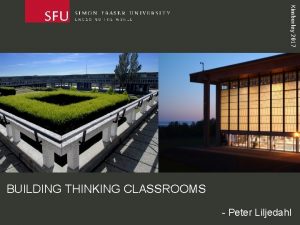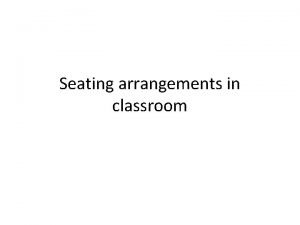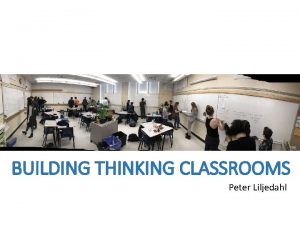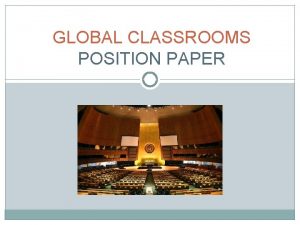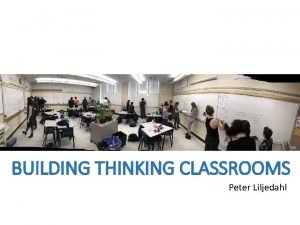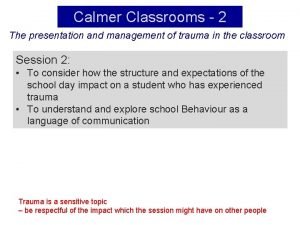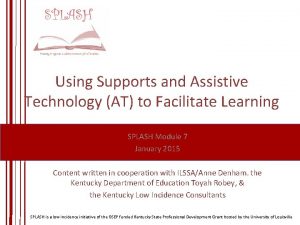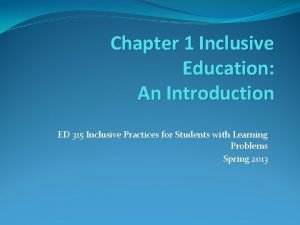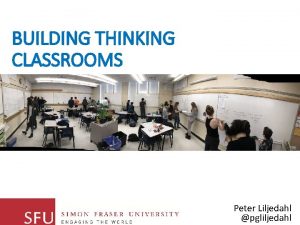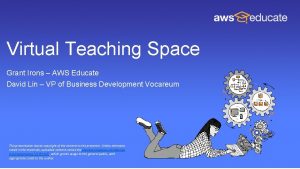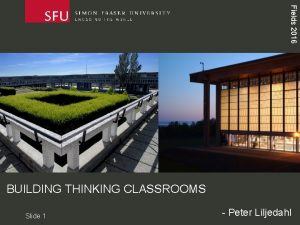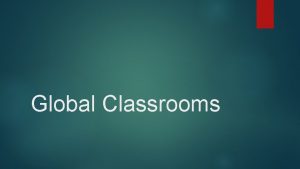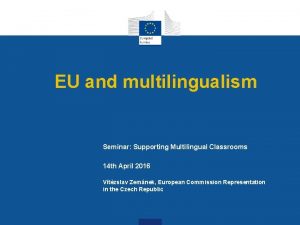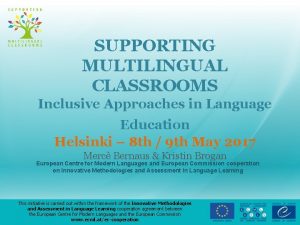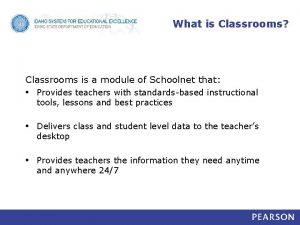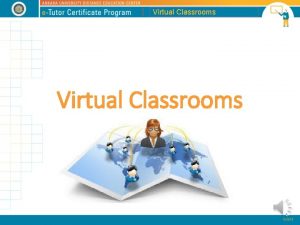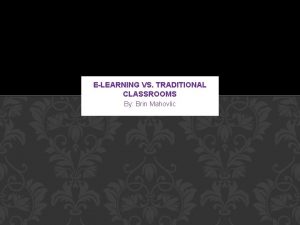Support for multilingual pupils Supporting Multilingual Classrooms 8












- Slides: 12

Support for multilingual pupils Supporting Multilingual Classrooms 8. 5. 2017 Katri Kuukka, Ph. D. (Education), Counsellor of Education

Instruction preparing for basic education • • • for children arriving in Finland at pre-primary age (6 years) or at basic education age (7 -16 years) • studying in separate groups or integrated into main stream • may also be provided for a single pupil provided by local authorities (not mandatory) • EDUFI draws up the national core curriculum (2015) • state finances instruction for one year individual study plans • Finnish/Swedish, the main basic education subjects (pupil’s mother tongue) • integration to mainstream education essential 08/01/2022 Katri Kuukka

Instruction of Finnish or Swedish as a second language (L 2) • one of the syllabi in the “Mother tongue and literature” subject • EDUFI draws up the national core curriculum (2014) • provided by local authorities • instruction given either as differentiated in-class education or separately in a small group of pupils • the government subsidy for L 2 teaching provides at most three weekly lessons for a group of four pupils who have been in school six years or less (covers at the most 86 % of calculated costs) 08/01/2022 Katri Kuukka

Mother tongue instruction • the government subsidy for L 2 teaching provides at most two weekly lessons for a group of four pupils during the whole schooling in basic education and general upper secondary education (covers at the most 86 % of calculated costs) • EDUFI draws up the national core curriculum (2014) • not mandatory for the education provider • 52 languages taught in autumn 2016 • biggest groups Russian, Somali, Arabic, Estonian, Albanian and English 08/01/2022 Katri Kuukka

Support… • the pupils are given support in other aspects of learning to allow them to achieve equal learning capabilities > pupil’s learning plan both in the preparatory instruction and in basic education • remedial teaching may be provided at all levels of support • support in learning and school attendance • general support • intensified support • special support 08/01/2022 Katri Kuukka

…and flexibility in teaching arrangements… • a pupil's education may to a certain degree be arranged otherwise -- if: (1) the pupil is considered to have some degree of prior knowledge and skills corresponding to the basic education syllabus; (2) the completion of the basic education syllabus would in some respect be unreasonable for the pupil in view of the circumstances and prior learning; (Basic Education Act 628/1998) • grade-independent studies enables individual progress in studies: may be used to organise the work of the entire school, certain grades or individual pupils • the basic education syllabus or parts thereof may be taken in a separate examination: the pupil must demonstrate that his or her knowledge and skills correspond to the knowledge and skills required for various subjects in the basic education general syllabus 08/01/2022 Katri Kuukka

. . and in the assessment • the linguistic background and the developing Finnish or Swedish skills of each pupil are accounted for • in order for a pupil to be able to demonstrate their progress and achievement regardless of any deficiencies in their Finnish or Swedish skills, particular attention should be focused on versatile and flexible assessment methods that are suited to the pupil's situation • excluding the final assessment, verbal assessments may also be used 08/01/2022 Katri Kuukka

The key role of school culture Well-being and safety in daily life Environmental responsibility and sustainable future orientation Interaction and versatile working approach Learning community Cultural diversity and Equity and equality Participation and democratic action Katri Kuukka language awareness

Cultural diversity… • the school as a learning community is part of a culturally transforming and diverse society where the local and the global overlap • different identities, languages, religions and worldviews coexist and interact • the community appreciates and draws upon the country's cultural heritage and national languages as well as cultural, linguistic, religious and philosophical diversity in the community itself and in its environment • the importance of the Sámi culture and various minorities in Finland • understanding and respect between individuals and groups as well as responsible action • community recognises the right to one's own language and culture as a fundamental right • pupils become acquainted with cultural traditions, constructively discuss different ways of thinking and acting, and create new ways of acting together 08/01/2022 Katri Kuukka

…and language awareness • each community and community member is multilingual • parallel use of various languages in the school's daily life is seen as natural, and languages are appreciated • community discusses attitudes towards languages and linguistic communities and understands the key importance of language for learning, interaction and cooperation and for the building of identities and socialization • each subject has its own language, textual practices and concepts • the languages and symbol systems of different fields of knowledge open up different viewpoints to the same phenomenon • the instruction progresses from everyday language to the language of conceptual thinking • each adult is a linguistic model and also a teacher of the language typical of the subject he or she teaches 08/01/2022 Katri Kuukka

Transversal competences ü knowledge ü skills ü values ü attitudes ü will Thinking and learning to learn Participation and influence, building the sustainable future Competence for the world of work, entrepreneurship Cultural competence, interaction and expression Development as a human being and as a citizen Multiliteracy ICT competence 08/01/2022 Katri Kuukka Taking care of oneself and others, managing daily activities, safety

Multiliteracy • the competence to interpret, produce and make a value judgement across a variety of different texts, helps to understand diverse modes of cultural communication and to build their personal identity • based on a broad definition of text • helps to interpret the world and to perceive its cultural diversity • abilities to obtain, combine, modify, produce, present and evaluate information in different modes, in different contexts and situations, and by using various tools • supports the development of critical thinking and learning skills. • is developed in all school subjects, progressing from everyday language to mastering the language and presentational modes of different ways of knowing 08/01/2022 Katri Kuukka
 Multilingual technical support
Multilingual technical support Peter liljedahl building thinking classrooms
Peter liljedahl building thinking classrooms Classroom style seating
Classroom style seating Peter liljedahl thinking classrooms
Peter liljedahl thinking classrooms Bringing the universe to america's classrooms
Bringing the universe to america's classrooms Global classroom position paper
Global classroom position paper Thinking classroom peter liljedahl
Thinking classroom peter liljedahl Calmer classroom
Calmer classroom Noita eye puzzle
Noita eye puzzle Inclusive chapter 1
Inclusive chapter 1 Thinking classroom
Thinking classroom Aws educate classrooms
Aws educate classrooms Building thinking classrooms
Building thinking classrooms

